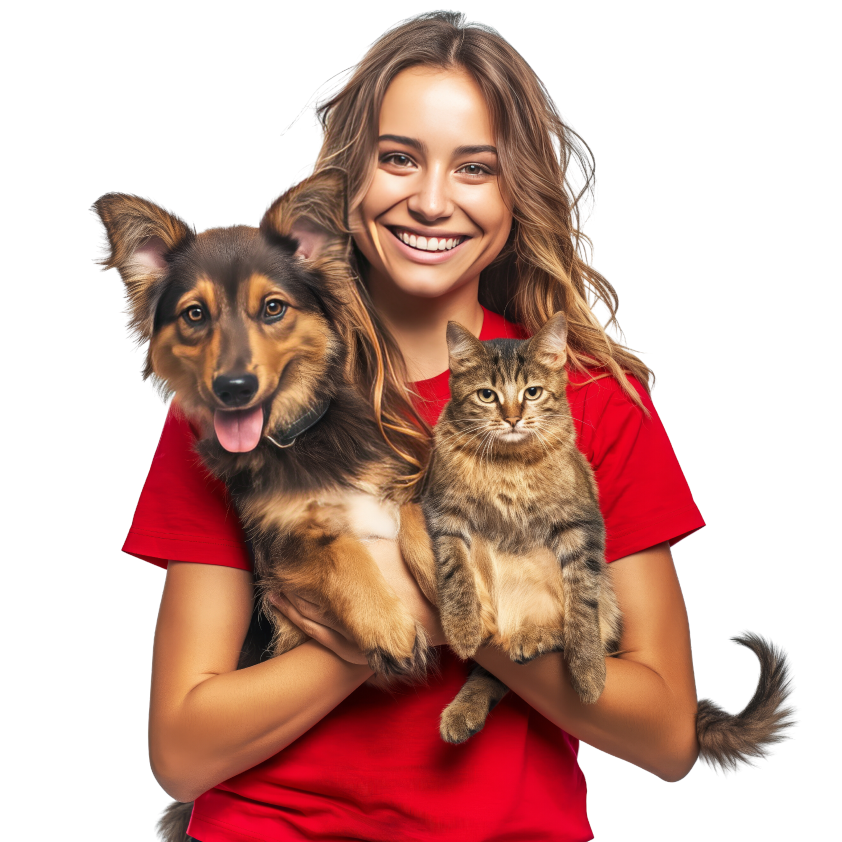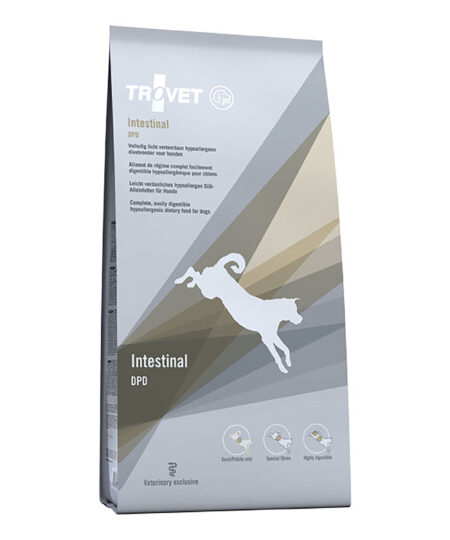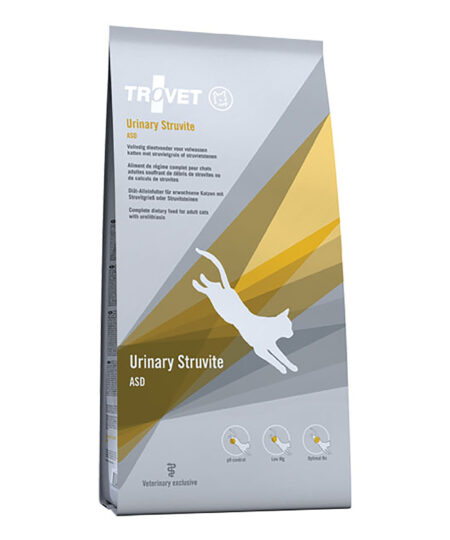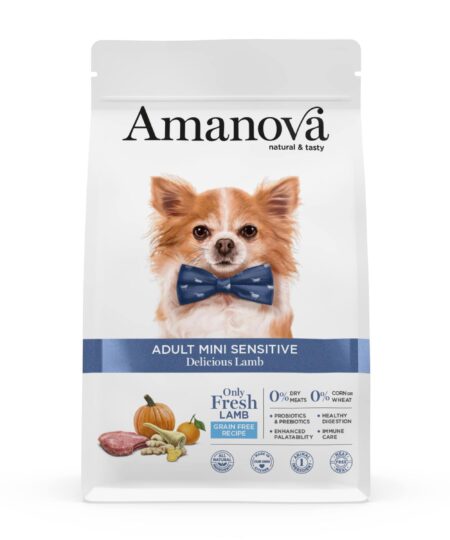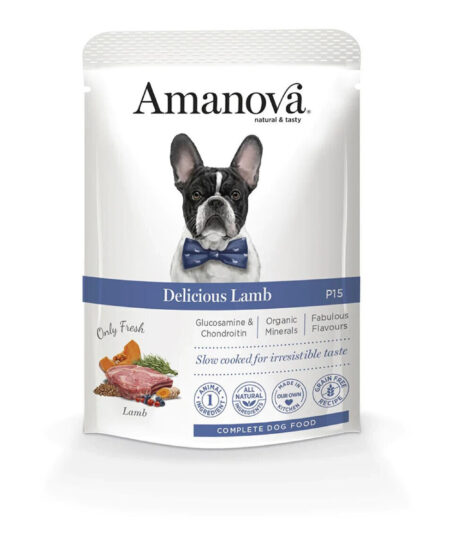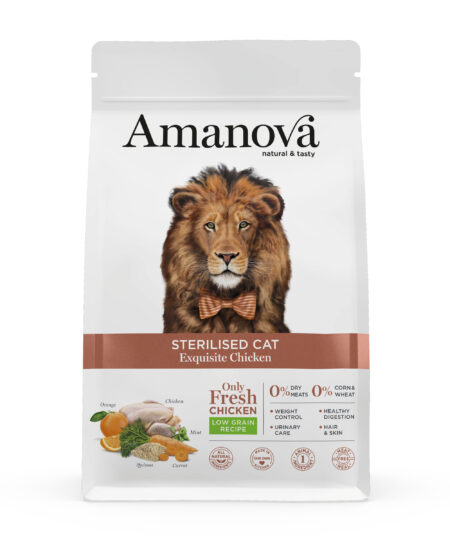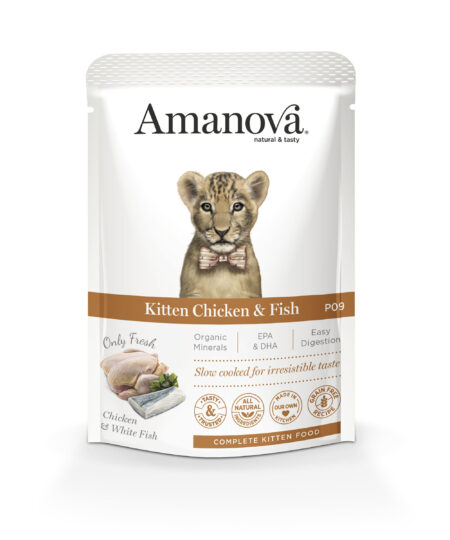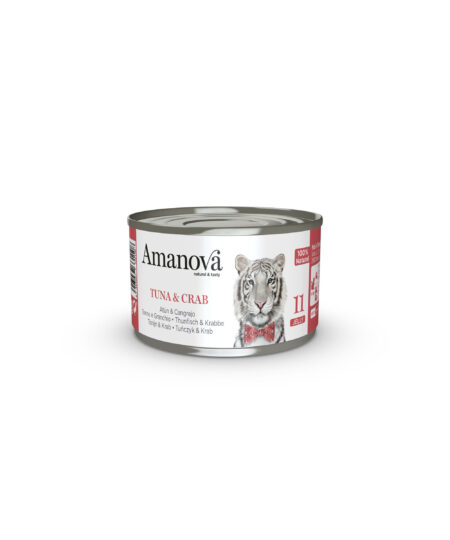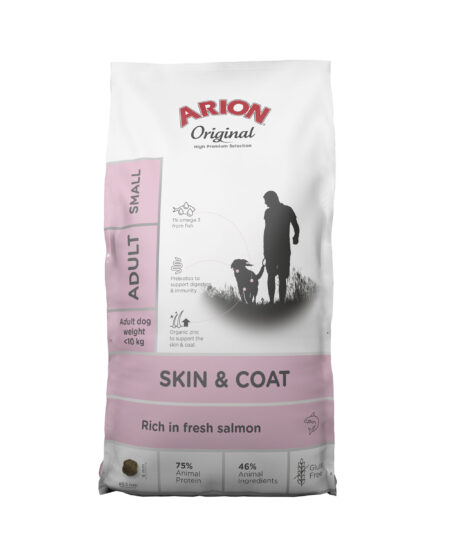
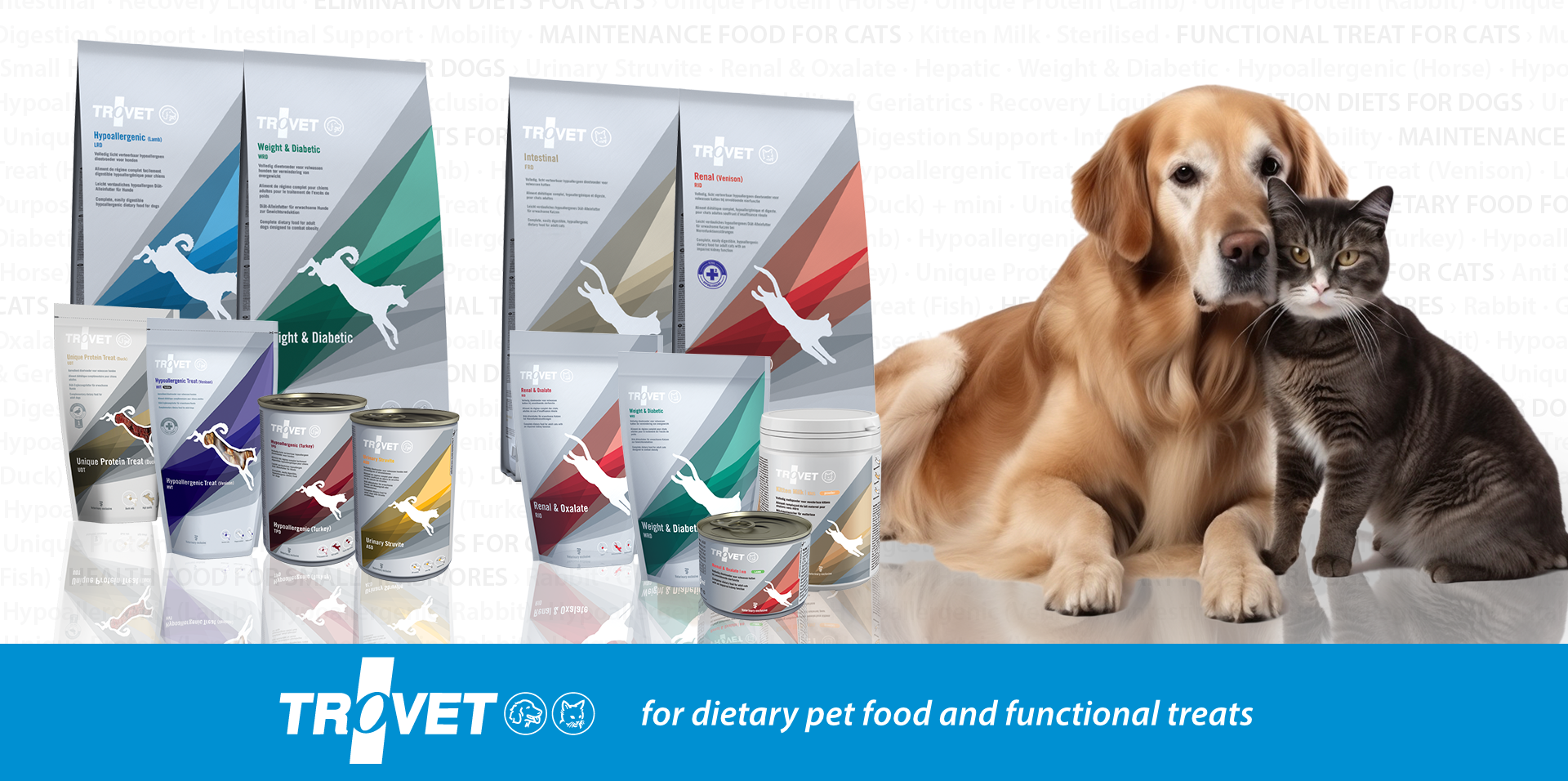
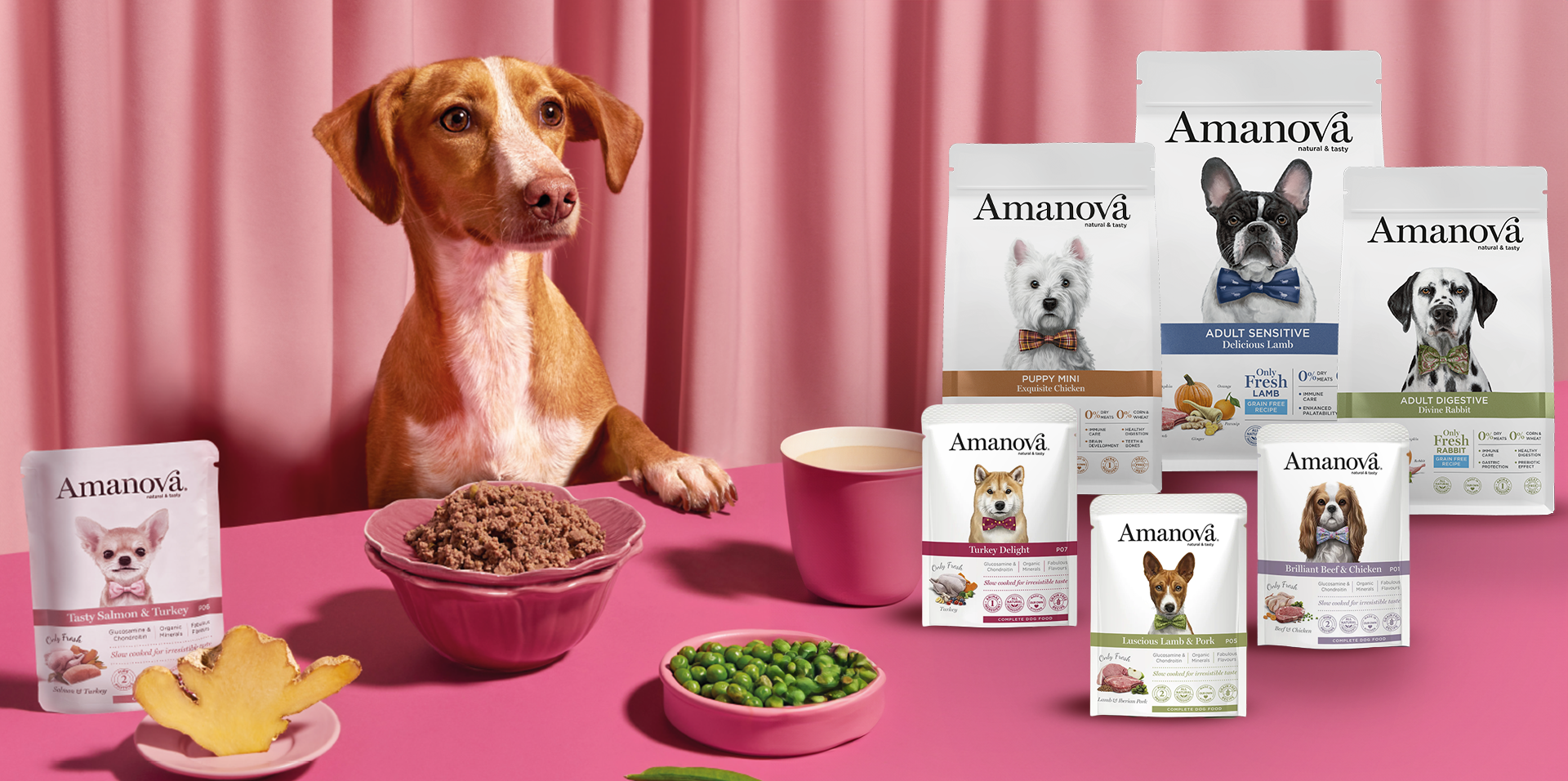
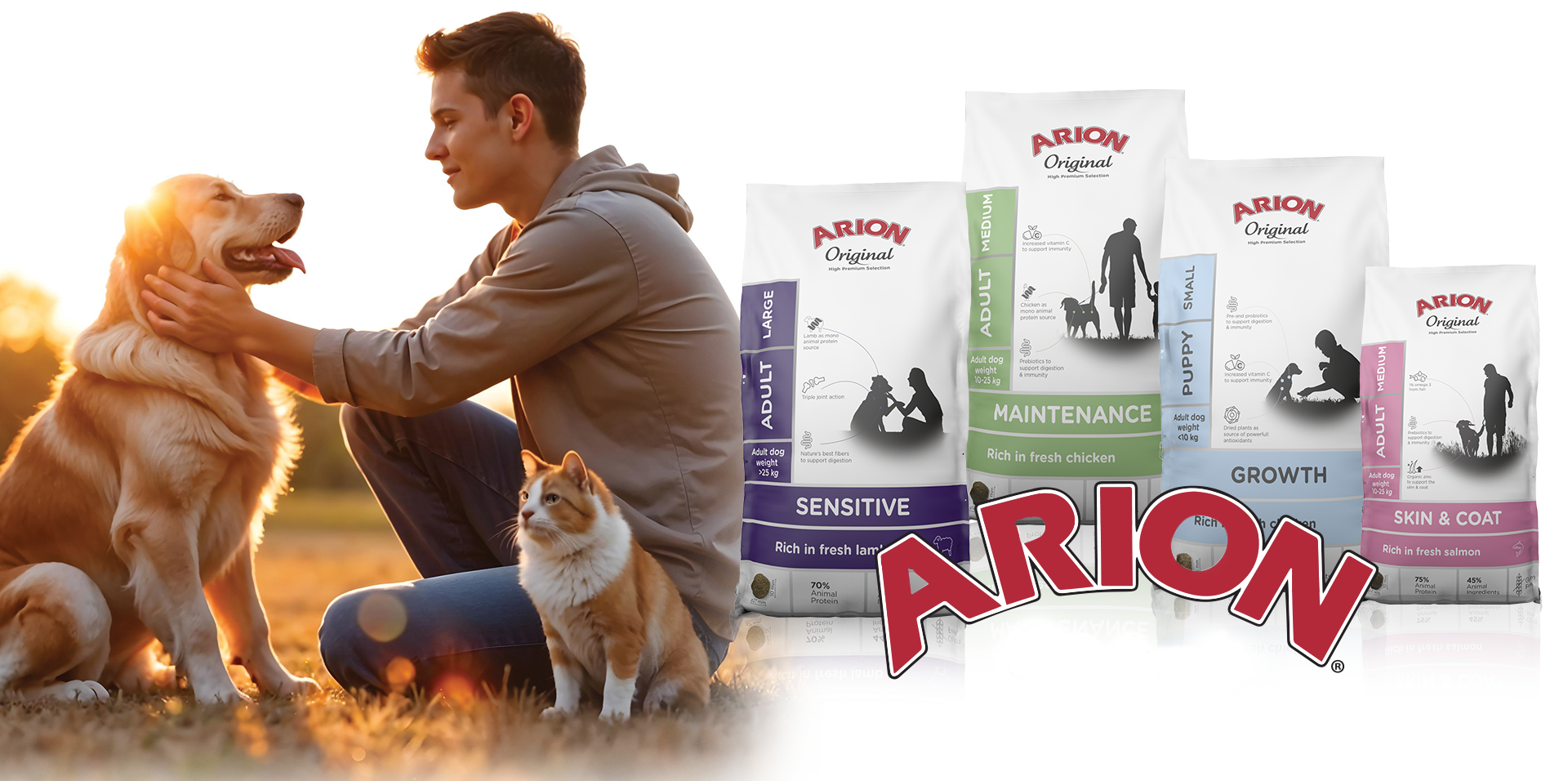
Our Brands
Best Sellers
Every bite a promise
of a long life
Latest from the Blog
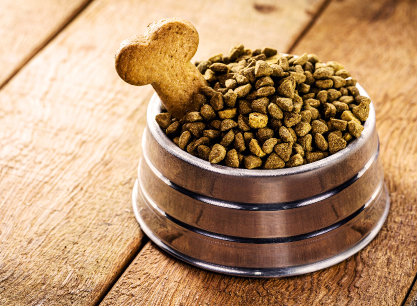
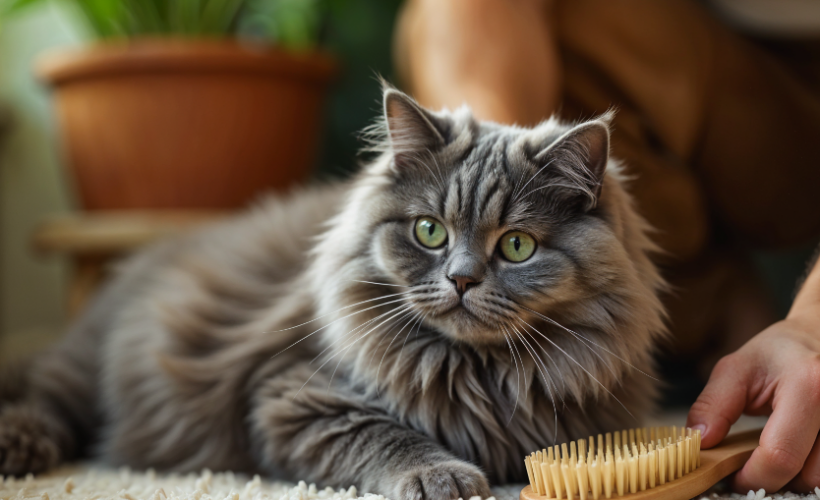
Healthy Skin and Coat for Happy Pets
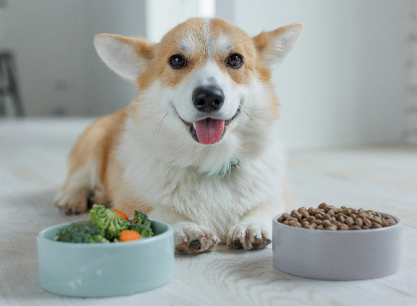
Choosing the Right Food for Your Dog/Cat: Low-Grain vs. Grain-Free
FAQ
How can I tell if my pet's food is good?
To determine if your pet’s food is good, consider the following factors:
- Ingredients: The first ingredients on the ingredient list should be high-quality proteins, such as meat or fish, and not grains.
- Age and breed: The food should be tailored to your pet’s specific needs, considering its age and breed.
- Health: If your pet has any health issues, consult your veterinarian for recommended food.
- Packaging: Check the expiration date and the condition of the packaging.
- Results: Observe your pet’s energy levels, coat, digestion, and overall health. If you notice improvements in these areas, then the food is likely good for them.
In summary: A good pet food should provide all the necessary nutrients, be easily digestible, and cause positive changes in your pet’s health and well-being.
Which food should I choose for my dog/cat?
Choosing the right food for your dog or cat depends on several factors, such as:
- Age: Puppies or kittens, adults’ dogs or cats, senior dogs, or sterilised cats have different nutritional needs.
- Breed: Large, small, or breeds with special needs (e.g., working dogs) require different foods.
- Health condition: If they have allergies, digestive problems, etc., they need a special diet.
- Activity level: An active dog needs more calories.
Tip: Read labels carefully, consult your veterinarian, and observe your dog’s behaviour after changing food.
What ingredients should I look for when choosing dog or cat food?
- First ingredients: Meat or fish should be the first ingredients, not grains.
- Protein: Essential for muscle growth.
- Fat: Provides energy but should be in the right proportion.
- Vitamins and minerals: Essential for good health.
- Avoid: Artificial preservatives, colours, and sweeteners.
Tip: Read labels carefully and consult your veterinarian.
Even though I feed my dog expensive food, he still has allergies. Why?
Ιt’s very common to wonder why a pet, even if fed expensive food, continues to have allergies.
There are several possible reasons:
- Non-food allergies: Allergies are not always caused by food. They can be caused by other factors such as pollen, dust, or insect bites.
- Changes in allergy: Allergies can change over time, so a food that was previously suitable may no longer be.
- Combination of allergies: Your dog may have multiple allergies, making it difficult to find a food that covers them all.
- Food quality: Even expensive foods may contain ingredients that cause allergies in some dogs.
- Other conditions: There are other skin conditions that can mimic allergies.
What you can do:
- Consult your veterinarian: Only a veterinarian can accurately diagnose the cause of the allergies and recommend the appropriate treatment.
- Try an elimination diet: Your vet may recommend a special diet to identify which ingredient is causing the allergy.
- Other measures: You may need to bathe your dog regularly, clean its environment, and use supplements.
Is it necessary to change my pet's food flavor every month, or is it okay for them to eat the same thing? to eat the same thing?
It’s not necessary to change your pet’s food flavour every month. It’s fine for them to eat the same food as long as it’s complete and balanced and suits their needs.
However, there are times when a change might be necessary:
- Allergies or intolerances: If your pet shows signs of allergies (itching, vomiting, diarrhea), you may need to change their diet.
- Life stage changes: When transitioning from puppy to adult or from adult to senior, you may need food specifically designed for their age.
- Medical conditions: If your pet has a medical condition, your vet may recommend a special diet.
When can you change the flavour?
- Every 2-4 months: You can change the food flavour every 2-4 months to avoid boredom and ensure a more varied diet.
- Gradually: When changing food, do it gradually, mixing the new food with the old for a few days.
Tip: Consult your vet for any changes in your pet’s diet.
How many times a day should I feed my dog?
The number of meals a dog needs depends primarily on their age:
- Puppies: 3-4 meals per day.
- Adults: 1-2 meals per day.
- Seniors: 1-2 meals per day.
Other factors that may influence:
- Dog size: Smaller dogs may need more frequent meals.
- Activity level: More active dogs may need more food.
- Type of food: Dry food may digest more slowly than wet food.
Tip: Consult your veterinarian to determine the ideal feeding schedule for your dog.
